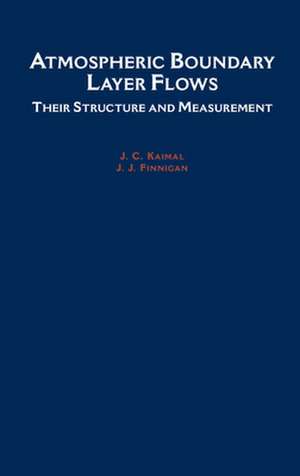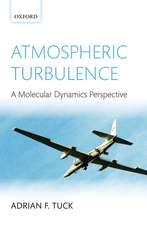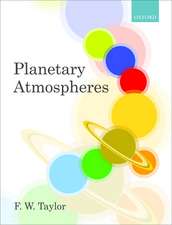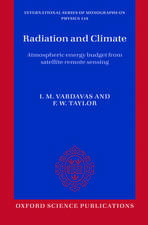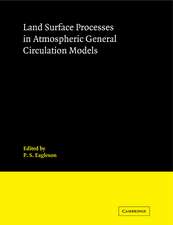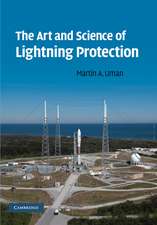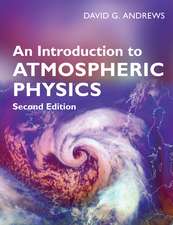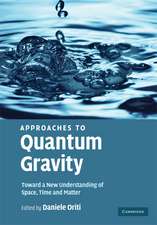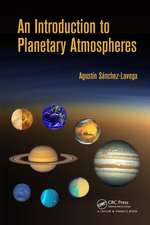Atmospheric Boundary Layer Flows: Their Structure and Measurement
Autor J. C. Kaimal, J. J. Finniganen Limba Engleză Hardback – 10 mar 1994
Preț: 949.71 lei
Preț vechi: 1442.97 lei
-34% Nou
Puncte Express: 1425
Preț estimativ în valută:
181.78€ • 197.52$ • 152.80£
181.78€ • 197.52$ • 152.80£
Carte tipărită la comandă
Livrare economică 09-15 aprilie
Preluare comenzi: 021 569.72.76
Specificații
ISBN-13: 9780195062397
ISBN-10: 0195062396
Pagini: 304
Ilustrații: line figures, tables
Dimensiuni: 242 x 165 x 22 mm
Greutate: 0.55 kg
Editura: Oxford University Press
Colecția OUP USA
Locul publicării:New York, United States
ISBN-10: 0195062396
Pagini: 304
Ilustrații: line figures, tables
Dimensiuni: 242 x 165 x 22 mm
Greutate: 0.55 kg
Editura: Oxford University Press
Colecția OUP USA
Locul publicării:New York, United States
Recenzii
'Chandram Kaimal has an impressive background in measuring the structure of the atmospheric boundary layer ... John Finnigan also brings a wealth of experience in measuring atmospheric boundary-layer flow. This ia a practically oriented book designed with the experimentalist in mind. It is well written and gives a valuable overview of the structure of the ABL. I highly recommend it.'Dale Hess, Australian Meteorological Magazine 43:2 June 1994
... this book provides a clear, broad overview of the subject, with an emphasis on empirical and experimental aspects. The analysis of ABL data is not trivial, and a comprehensive discussion of the topic is very valuable. The approach adopted by Kaimal and Finningan is very accessible and should act as a useful introduction to many topics within ABL research. Because of its breadth of practical descriptions and guidance for ABL researchers, this book is a valuable addition to the resources available to ABL scientists and research students.
... this book provides a clear, broad overview of the subject, with an emphasis on empirical and experimental aspects. The analysis of ABL data is not trivial, and a comprehensive discussion of the topic is very valuable. The approach adopted by Kaimal and Finningan is very accessible and should act as a useful introduction to many topics within ABL research. Because of its breadth of practical descriptions and guidance for ABL researchers, this book is a valuable addition to the resources available to ABL scientists and research students.
